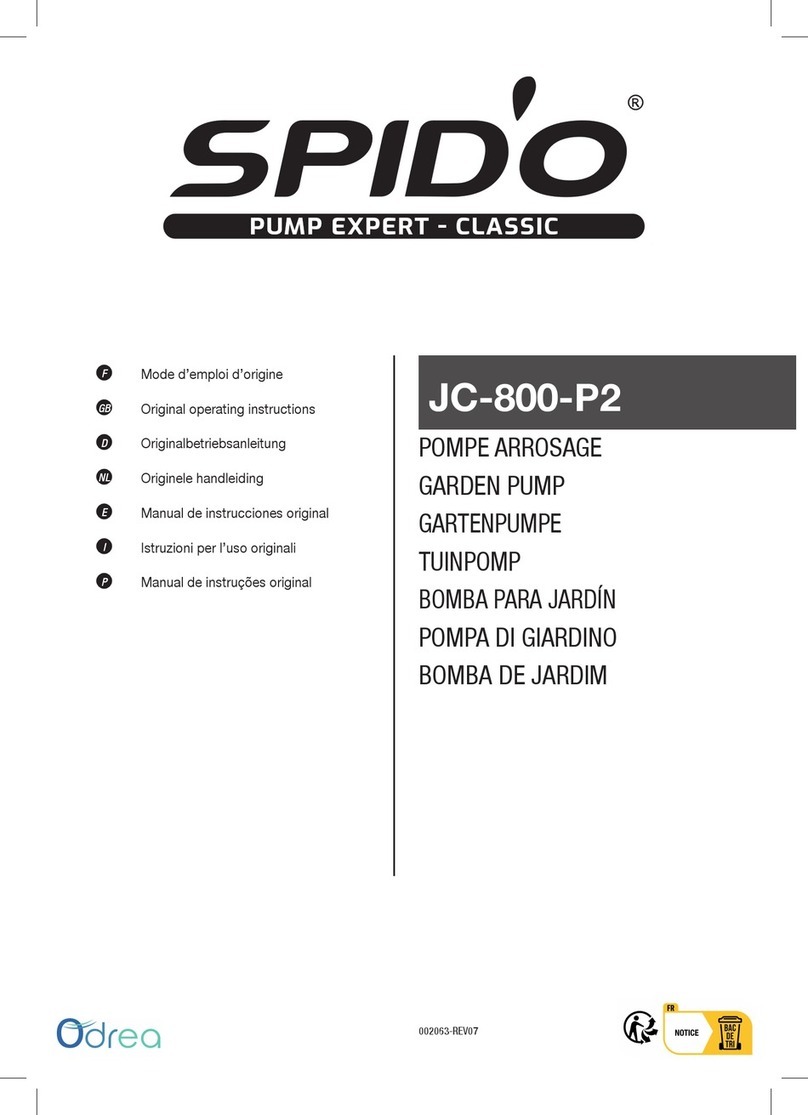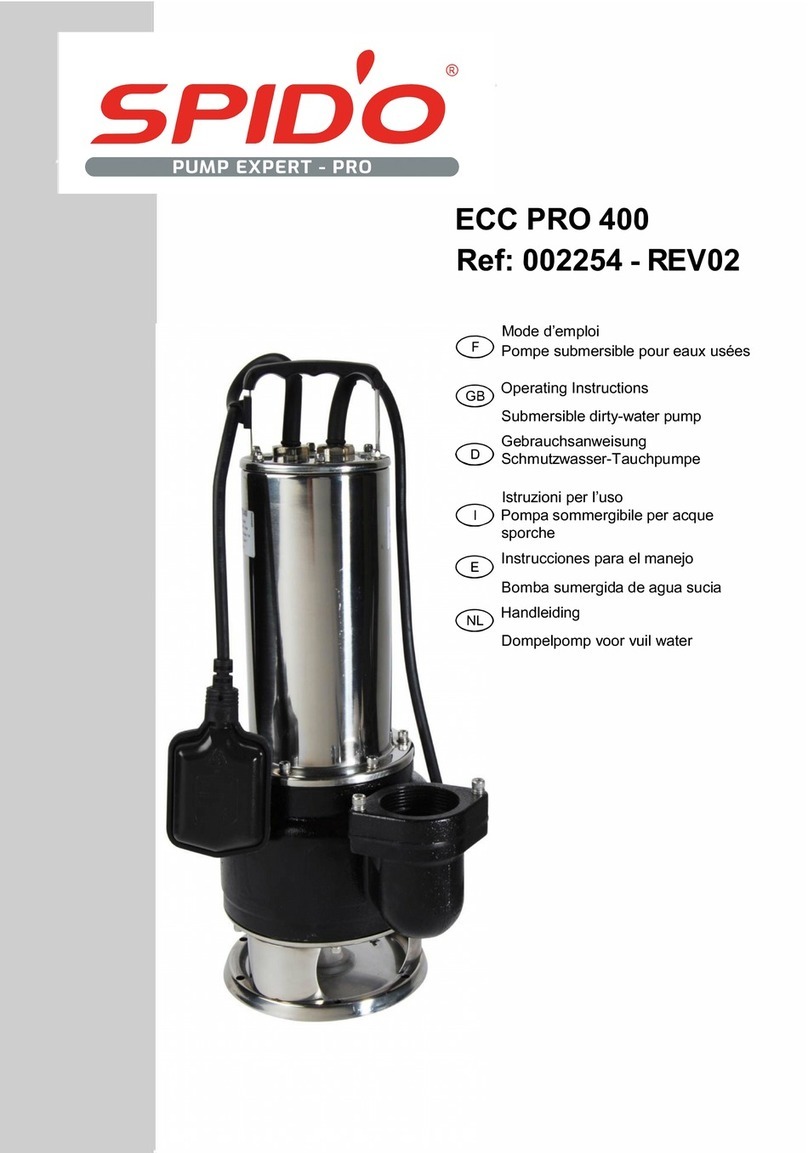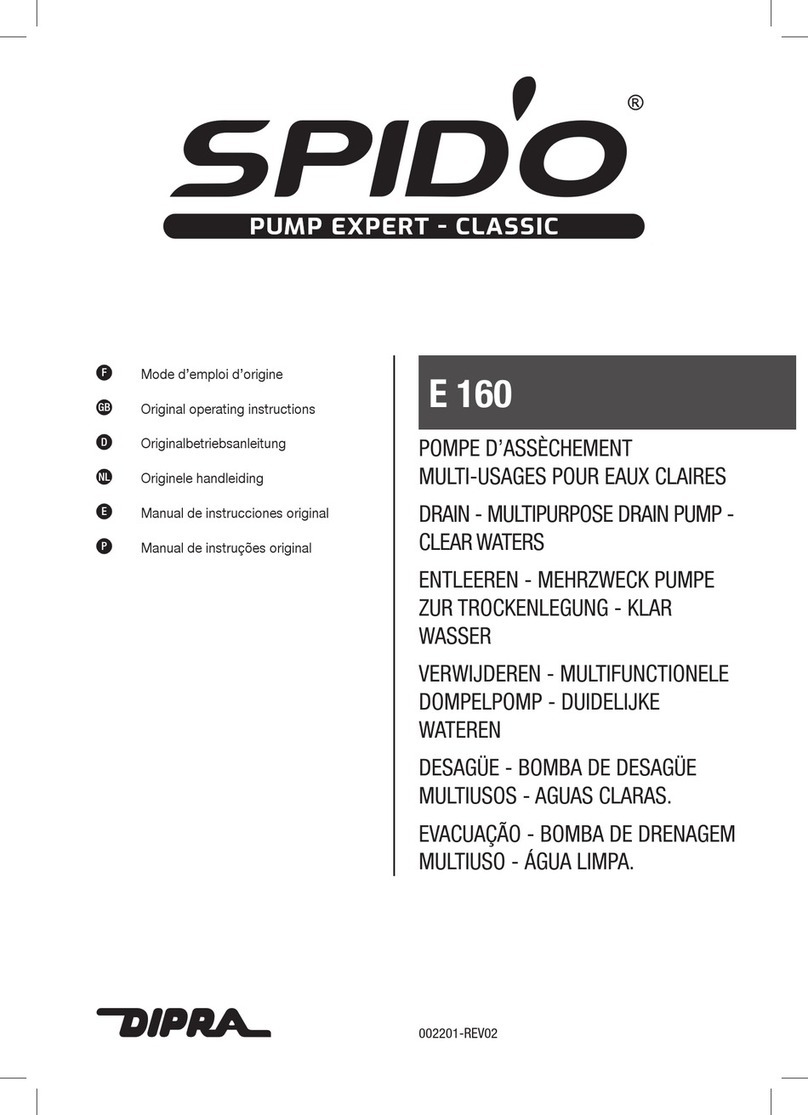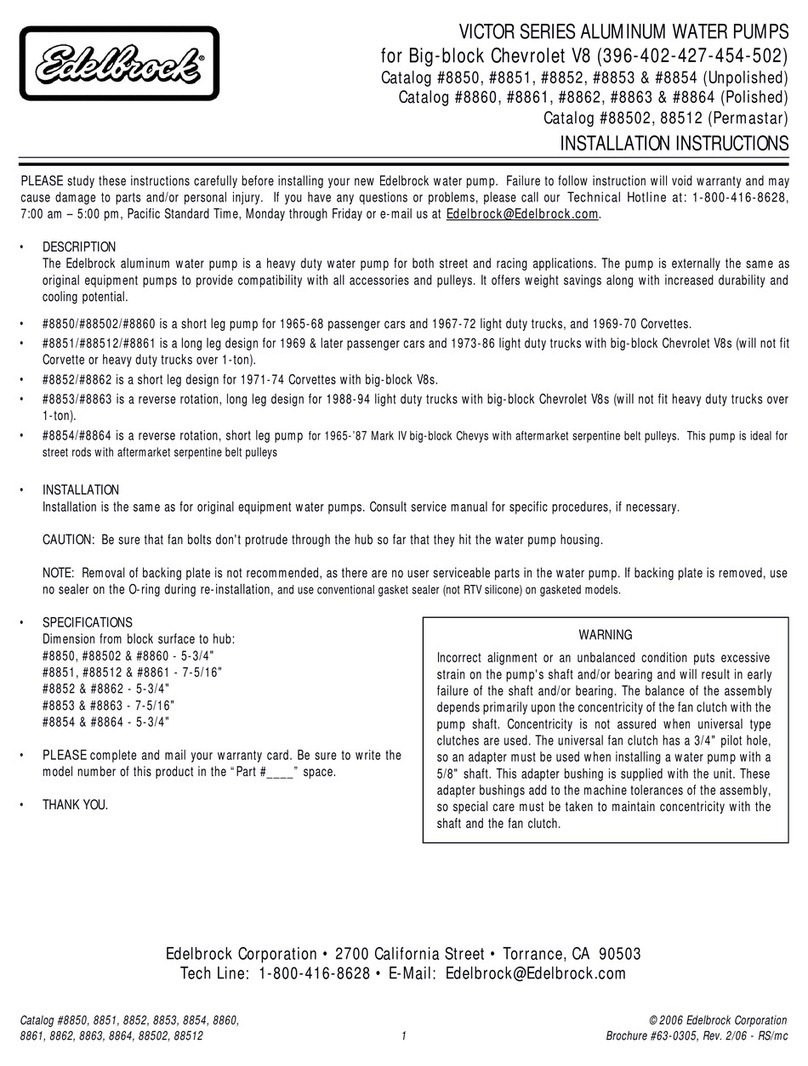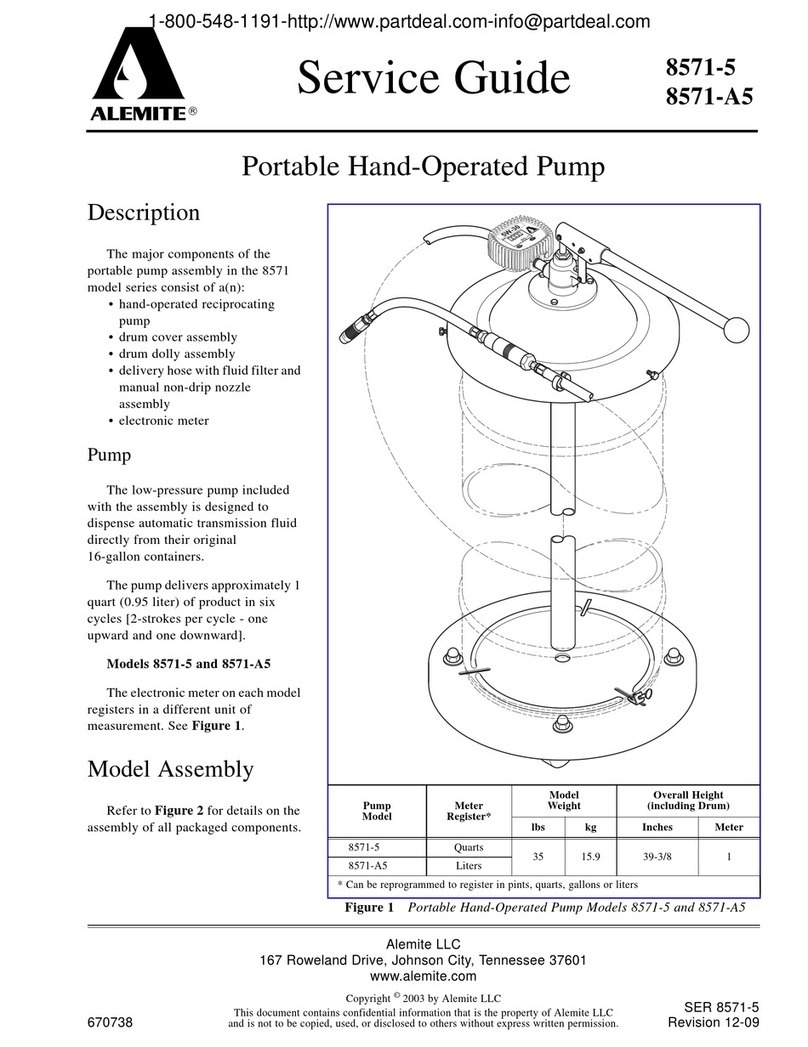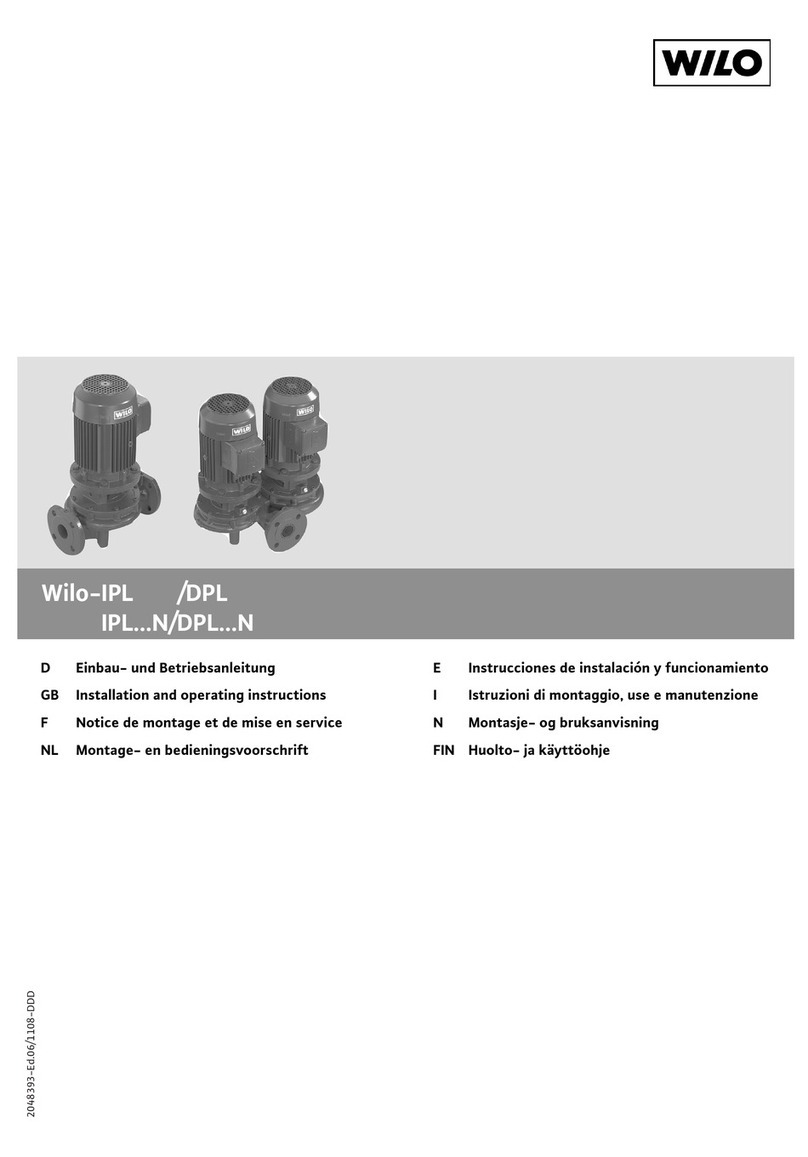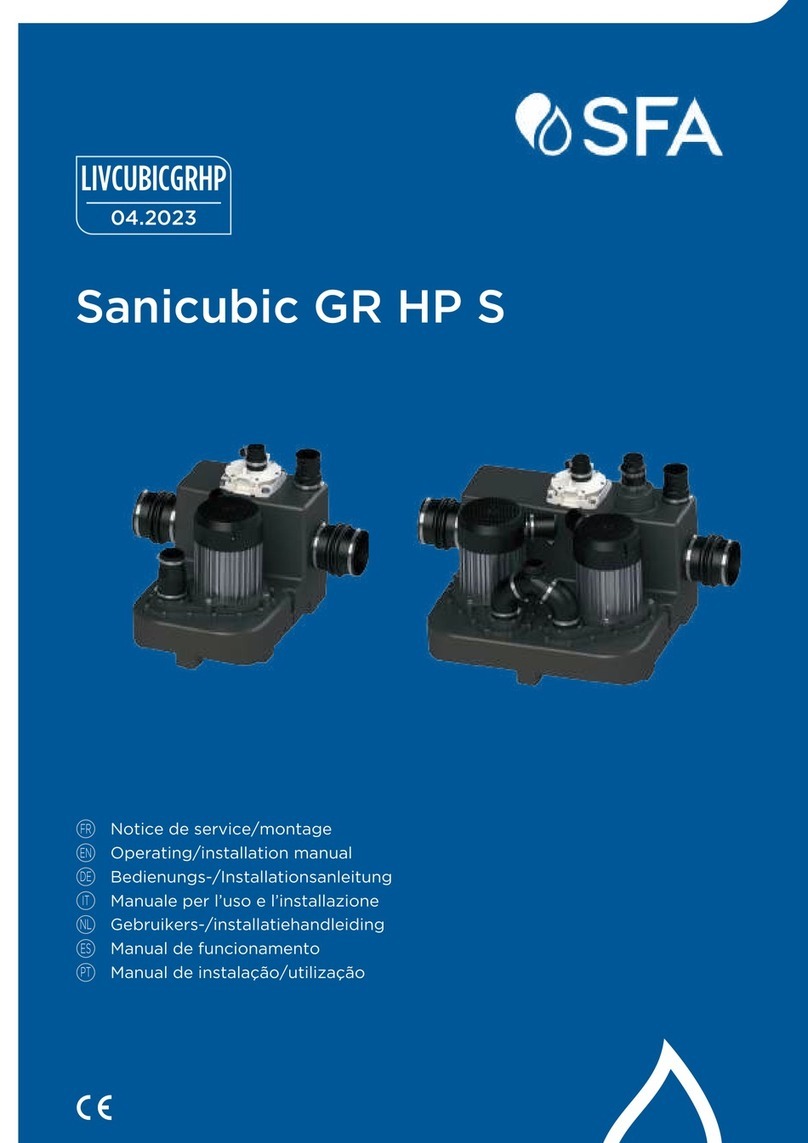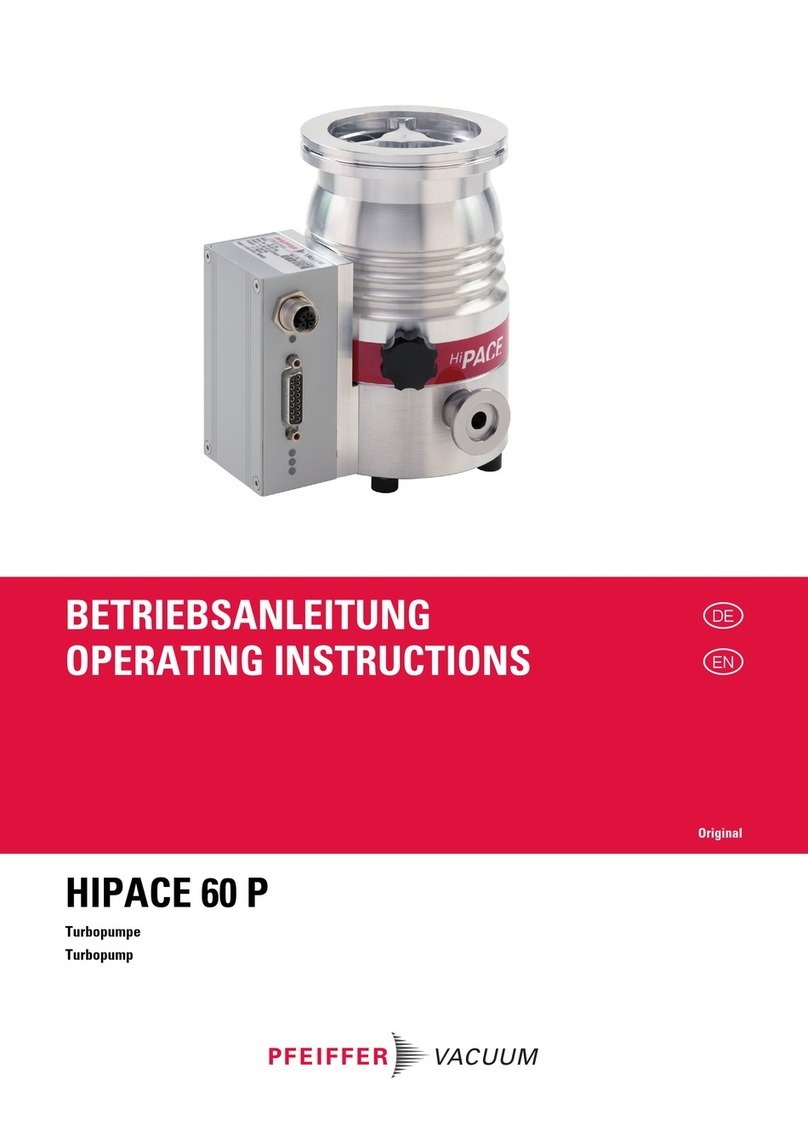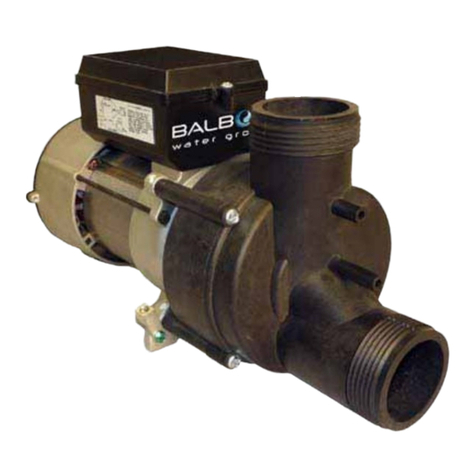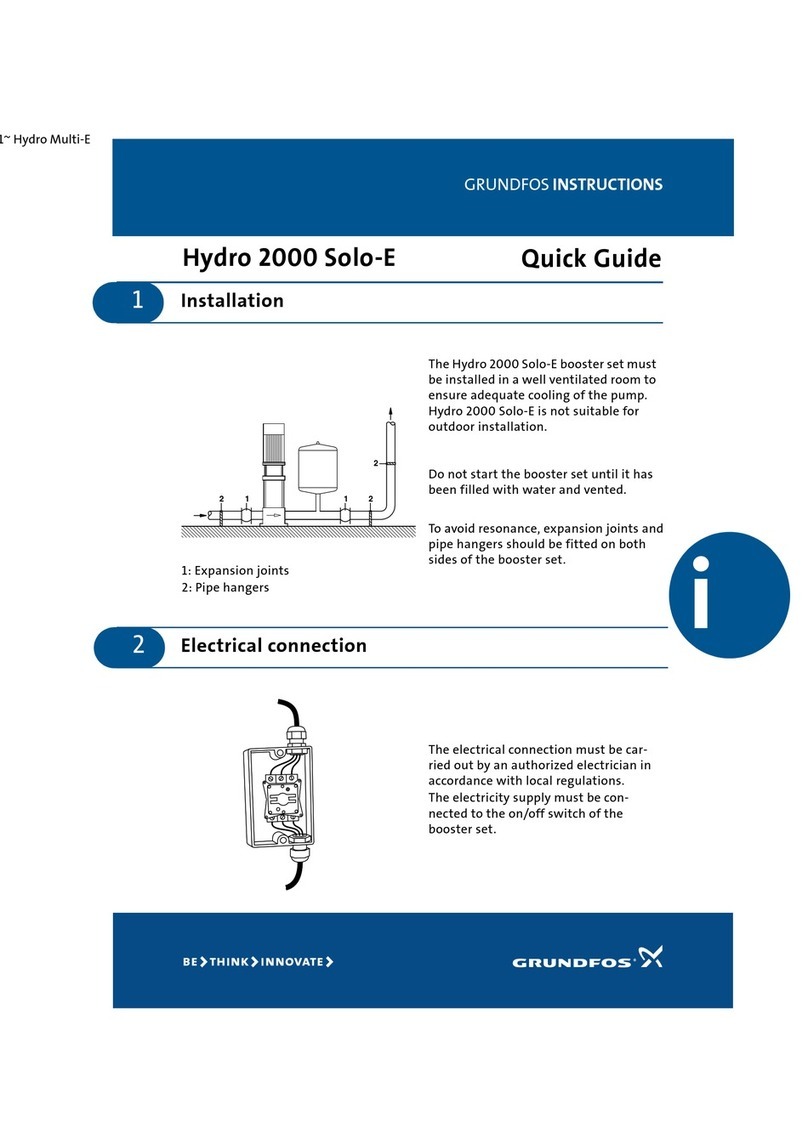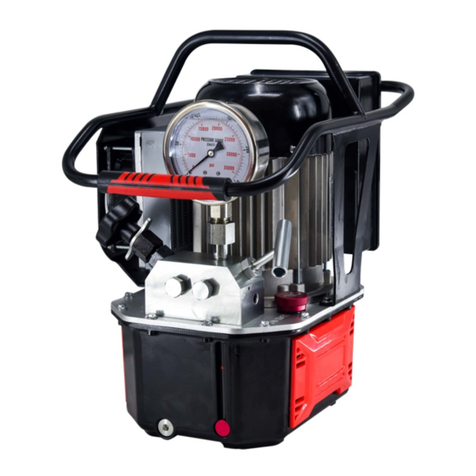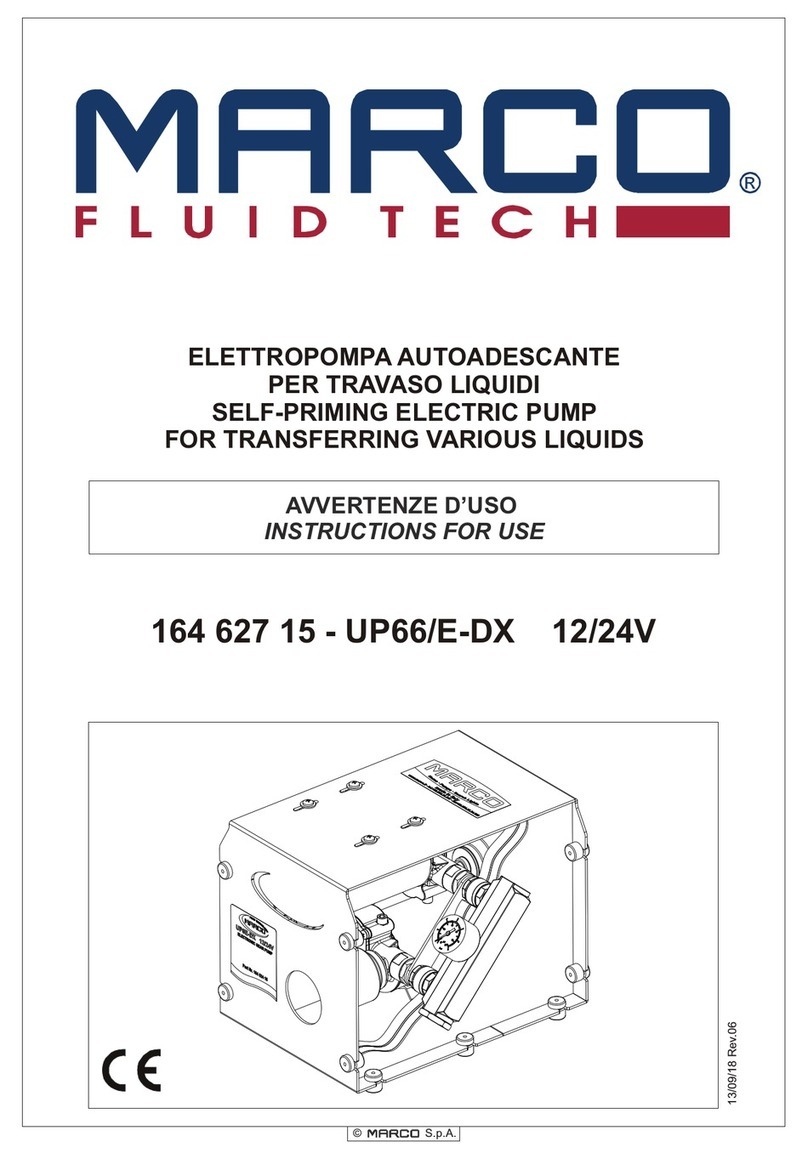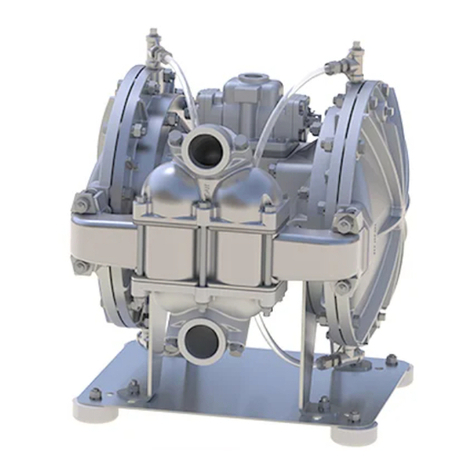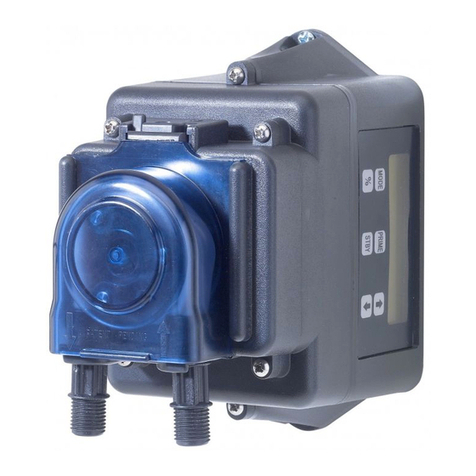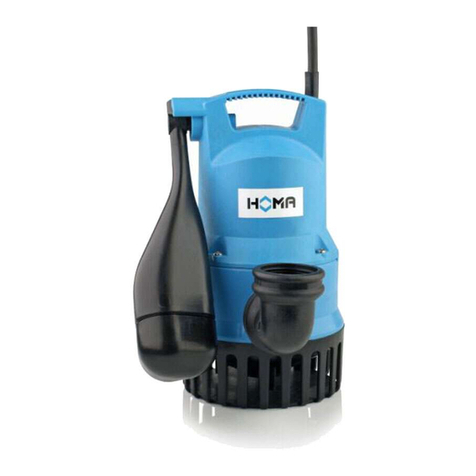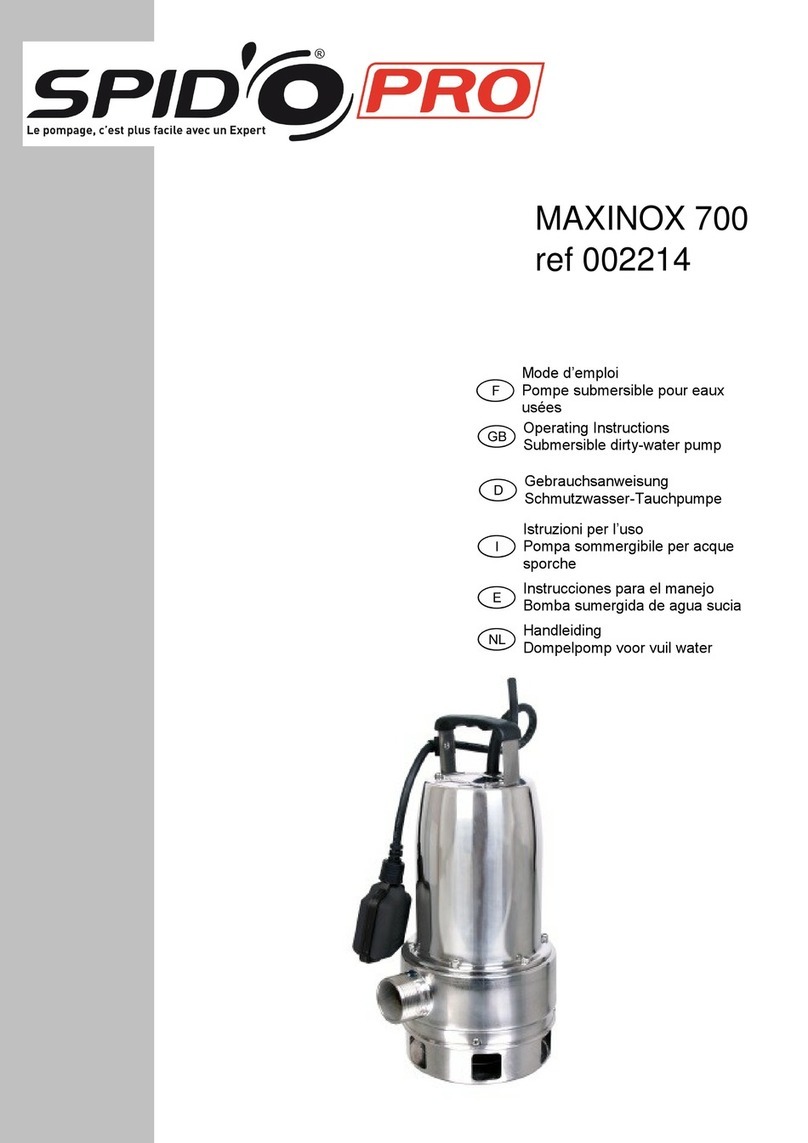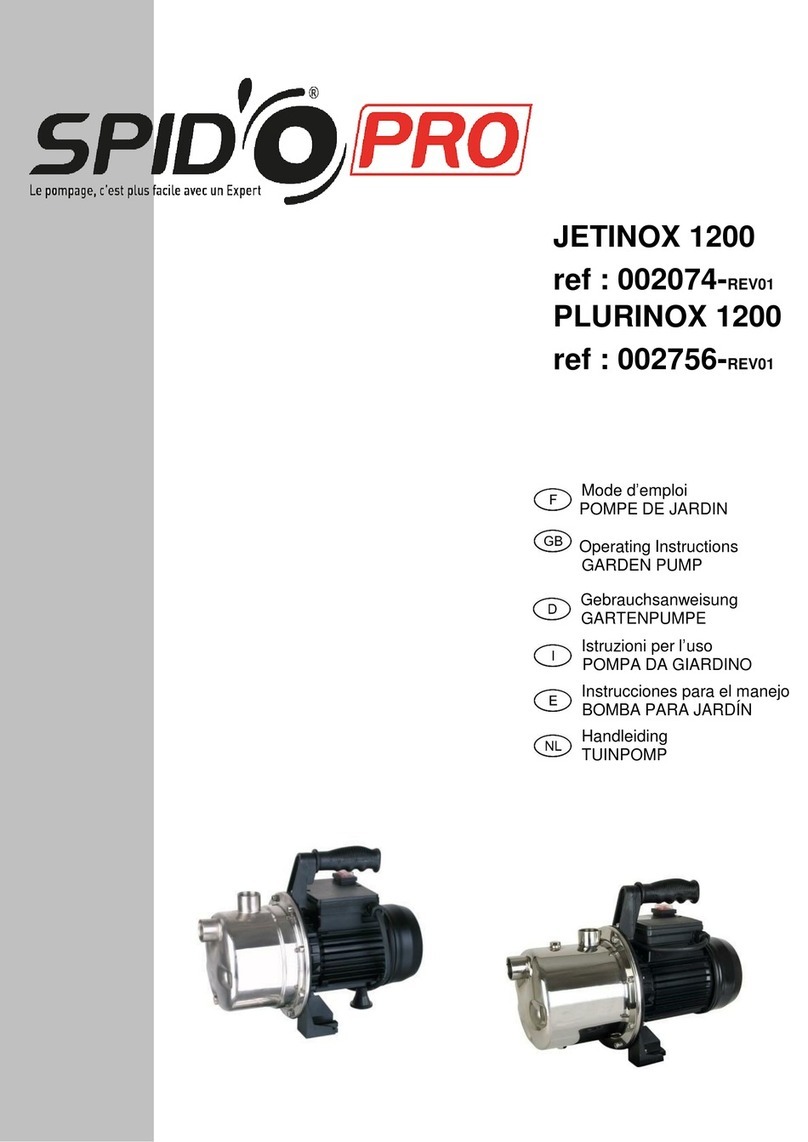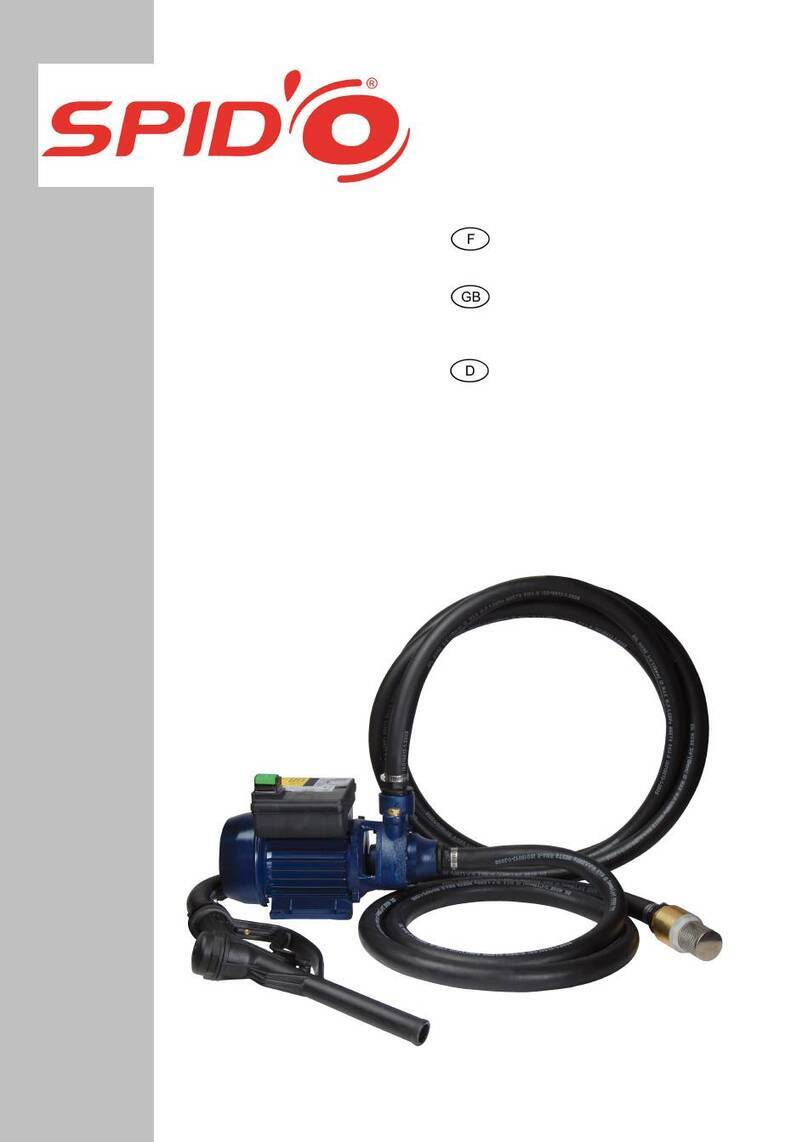
4. Scope of delivery
The scope of the delivery of this product includes:
One pump with connection cable, two connection ports, one reducing part, one operating manual. Please verify
that the scope of delivery is complete. Depending on the purpose of the application, additional accessories may
be necessary (please refer to the chapters titled "Installation" and “How to order spare parts“).
If possible, keep the packing until the warranty period has expired. Please dispose of the packing materials in an
environmental-friendly manner.
5. Installation
5.1. General installation information
During the entire process of installation, the device must not be connected to the electrical
mains.
The pump and the entire connection system have to be protected from frost.
All connection lines have to be perfectly tight since leaking lines may affect the performance of the pump and
cause considerable damage. If required, please use a suitable sealant to make the installation airtight.
When tightening threaded connections, please do not apply excessive force which may cause damage.
When laying the connection pipes, you should make sure that the pump is not exposed to any form of weight,
vibration or tension. Moreover, the connection lines must not contain any kinks or an adverse slope.
Please observe the illustrations, too, which are contained as an attachment at the end of the present operating
instructions. The numeric and other details included in brackets below refer to these illustrations.
5.2. Installation of the pressure line
The pressure line conveys the liquids to be discharged from the pump to the point of withdrawal. To avoid
dynamic flow losses, one should use a pressure line having at least the same diameter as the pressure port (1) of
the pump. The pressure line to be used for this type of application is an appropriate flexible hose - for instance, a
specially designed drainage hose.
5.3. Stationary installation
If the unit is used in a stationary installation, rigid pipes have proven to be the ideal choice for the pressure lines.
In this type of installation, we recommend that you incorporate a check valve (non-return valve) in the pressure
line immediately following the pump outlet so that no liquid will flow back after the pump cuts out. To facilitate
maintenance work, we also recommend the installation of a stop cock valve downstream of the pump and check
valve. This arrangement is beneficial in that closing the stop cock will prevent the pressure line from running dry
after the disassembly of the pump.
5.4. How to set floating switch
Please make sure that the pump will cut out as soon as the water level decreases and the
floating switch has reached the cut-out level.
Also it must be made sure that the floating switch can move freely.
The pump is equipped with a floating switch (2) causing the unit to cut in or out automatically as a function of the
water level as soon as the water level has reached, or dropped below, the cut-out level, the pump will cut out.
When the water level reaches or raises above the cut-in level, the pump will resume operation. The cut-in and cut-
out levels can be adjusted by shortening or lengthening the freely movable cable (3) of the floating switch. The
length of the cable can be set at the cable duct (4) located at the carrying handle (5) of the pump. In this regard,
the relevant part is the freely movable part of the cable leading from the cable duct to the floating switch. If this
length increases, the cut-out level will decrease, and the cut-in level will augment. Vice versa, if its length
decreases, the cut-in level will decrease whereas the cut-out level will be raised. Shall the pump continue to suck
beyond the automatic cut-out level, the flow switch has to be operated manually, e.g. by holding it in upright
position. Only in this operation mode, the minimum suction height can be reached as listed in the tec. data box. In
this condition the pump has to be under constant supervision to avoid dry running.






















